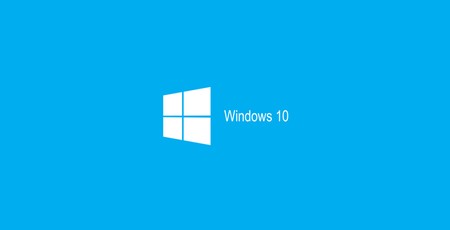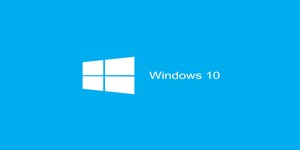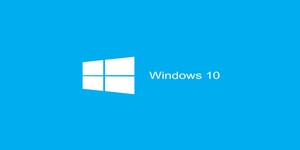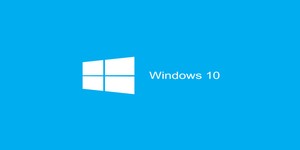
Microsoft has claimed to have considerably improved the experience of updating a Windows system through the implementation of machine learning trained on 'update experience data'.
While the quality control surrounding Microsoft's Windows Update releases has come under fire in recent years following high-profile issues including stuttering games when running the Windows 10 Creators Update, issues with multi-monitor support, PowerShell failures, faulty smartphone updates capable of soft-bricking phones, and a dire 2014 that saw multiple patches pulled post-release, Microsoft claims to be getting a handle on things - and it's turned to artificial intelligence, in the form of machine learning, to help.
'For the first time we’ve leveraged AI at scale to greatly improve the quality and reliability of the Windows 10 April 2018 Update rollout,' Microsoft's John Cable explains in a blog post. 'Our AI approach intelligently selects devices that our feedback data indicate would have a great update experience and offers the April 2018 Update to these devices first. As our rollout progresses, we continuously collect update experience data and retrain our models to learn which devices will have a positive update experience, and where we may need to wait until we have higher confidence in a great experience. Our overall rollout objective is for a safe and reliable update, which means we only go as fast as is safe.'
First piloted during the Windows 10 Fall Creators Update release last year, the machine learning system records information about devices for which the release installed smoothly. When the next update is released, these systems - and systems with the same characteristics - are targeted for early installation, while any which is known to have experienced issues in the past are blocked from updating until Microsoft's engineers can be sure nothing is going to go wrong. This, Cable explains, is entirely invisible to the user.
That doesn't catch all problems, of course. 'In cases where devices already offered the update may see issues, we communicate via our customer service forums to let our customers know what is occurring and actions we are taking,' Cable explains. 'A recent example from the past month was a black screen/reboot issue we detected within 24 hours of it first appearing. We immediately blocked all PCs that could be impacted by this issue from being updated, and communicated to customers within 24 hours, including an initial work around. In the next 24 hours, in cooperation with Avast, Microsoft identified an element of the Avast Behaviour Shield that conflicted with the April 2018 Update. Avast immediately released a fix to prevent this issue from further occurring, enabling us to continue to safely roll out the April 2018 Update to those devices.'
As part of the same blog post Cable also reveals why Windows 10 users should be eager to install the April 2018 update if they haven't done so already, claiming a 20 percent reduction in system stability issues, a 20 percent reduction in operating system and driver stability issues on around 400,000 'ecosystem drivers', a reduction in the time waiting for updates to install of around 63 percent, and a speed boost for the Edge browser which sees it launching in around half the time.

MSI MPG Velox 100R Chassis Review
October 14 2021 | 15:04








Want to comment? Please log in.